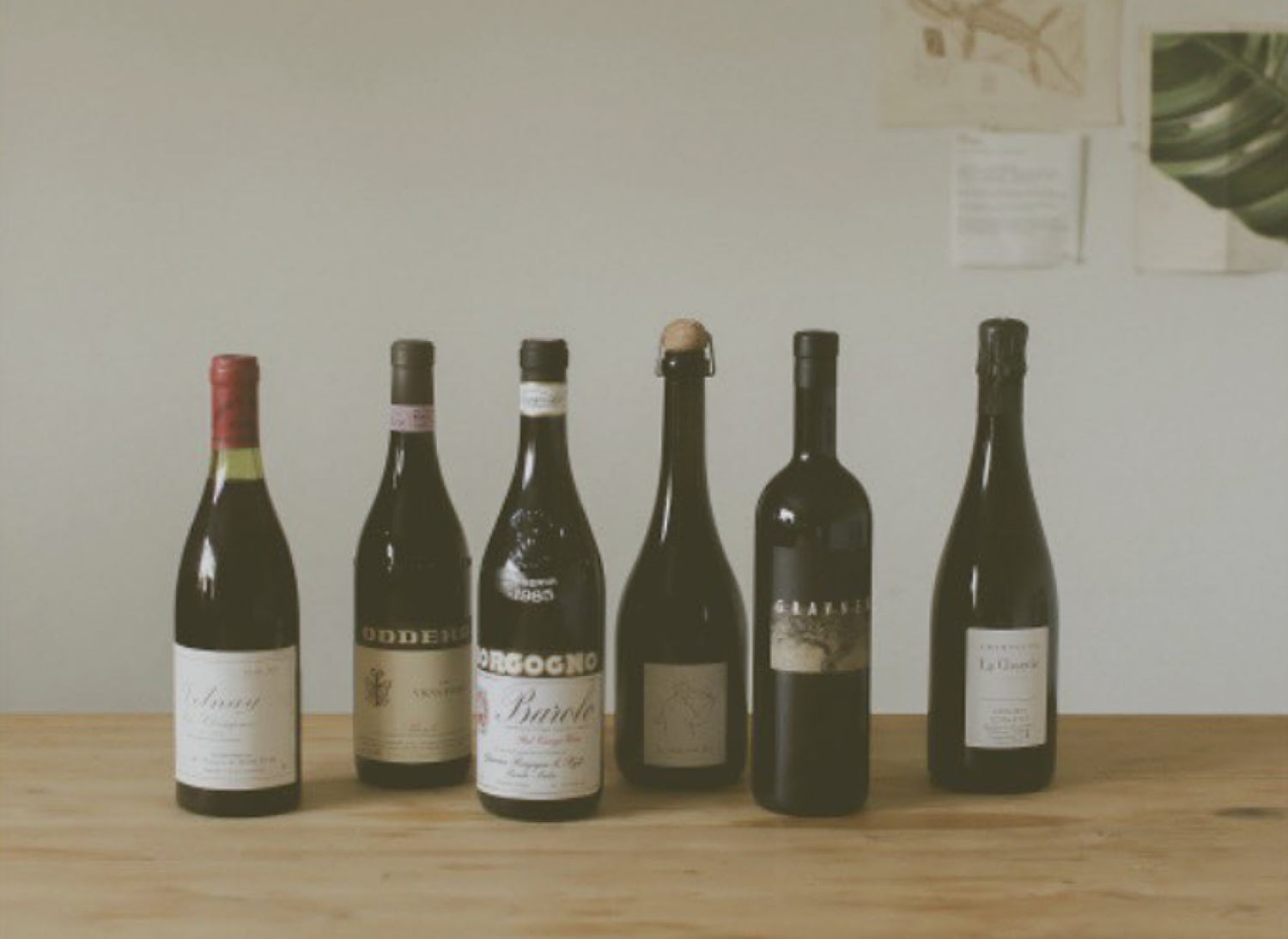
Cataloging Curiosity
We invite you to pique - and then satisfy - your natural curiosity in our curated (and constantly shifting) marketplace of rare wines.
This is Yes Society

We invite you to pique - and then satisfy - your natural curiosity in our curated (and constantly shifting) marketplace of rare wines.
This is Yes Society